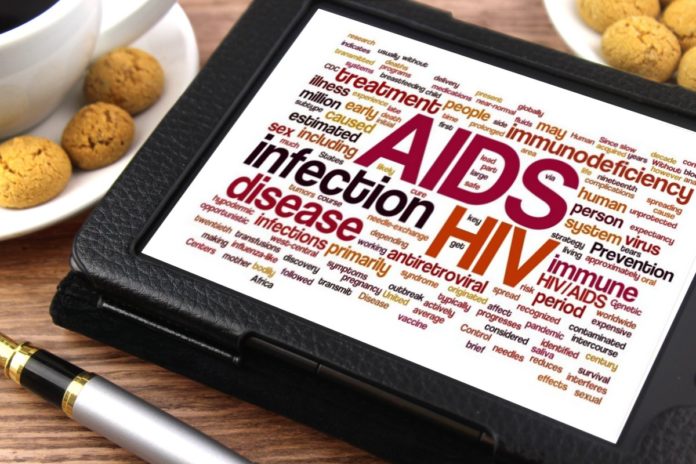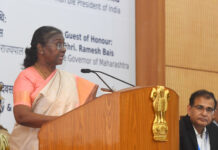
 The National AIDS Control Organisation (NACO) on Friday unveiled a even-year National Strategic Plan on HIV/AIDS and STI, 2017-24. The two pillars of the plan are reaching the global 90-90-90 and elimination of transmission of HIV and Syphilis from mother to child by 2020. India is a signatory to the UN strategy of 90-90-90 and is aiming at ending AIDS as a public health threat by 2030. The strategy aims to ensure 90% of people living with HIV know their status, 90% are on ART and 90% have viral suppression.
The National AIDS Control Organisation (NACO) on Friday unveiled a even-year National Strategic Plan on HIV/AIDS and STI, 2017-24. The two pillars of the plan are reaching the global 90-90-90 and elimination of transmission of HIV and Syphilis from mother to child by 2020. India is a signatory to the UN strategy of 90-90-90 and is aiming at ending AIDS as a public health threat by 2030. The strategy aims to ensure 90% of people living with HIV know their status, 90% are on ART and 90% have viral suppression.
Said a senior NACO official: “This seven-year National Strategic Plan on HIV/AIDS and STI, 2017-24 will herald the country to the dream of ‘Ending of AIDS’ by 2030 . The vision of NACO is that of ‘Paving the way for an AIDS free India’ through ‘attaining universal coverage of HIV prevention, treatment to care continuum of services that are effective, inclusive, equitable and adapted to needs’. The goals remain those of the ‘Three Zeros’ – i.e. zero new infections, zero AIDS-related deaths and zero discrimination, which form the basis of this strategic plan.”
NACO has also launched Mission “SAMPARK”, to trace those who are miss out on follow up and are to be brought under ART services. Standard antiretroviral therapy (ART), as defined by the World Health Organisation, consists of a combination of antiretroviral (ARV) drugs to maximally suppress the HIV virus and stop the progression of HIV disease. ART also prevents onward transmission of HIV.
Unveiling the strategic plan, minister of state for health Anupriya Patel said that currently 11.5 lakh People Living with HIV(PLHIVs) are taking free ART through 536 ART centres in the country. Patel said that the recently passed HIV/AIDS Prevention and Control, Act, 2017 is a testimony to the government’s commitment to end discrimination against people living with HIV. “This landmark Act is people-centric, progressive in nature and brings in legal sanction to address the discrimination faced by People Living with HIV at various settings,”












